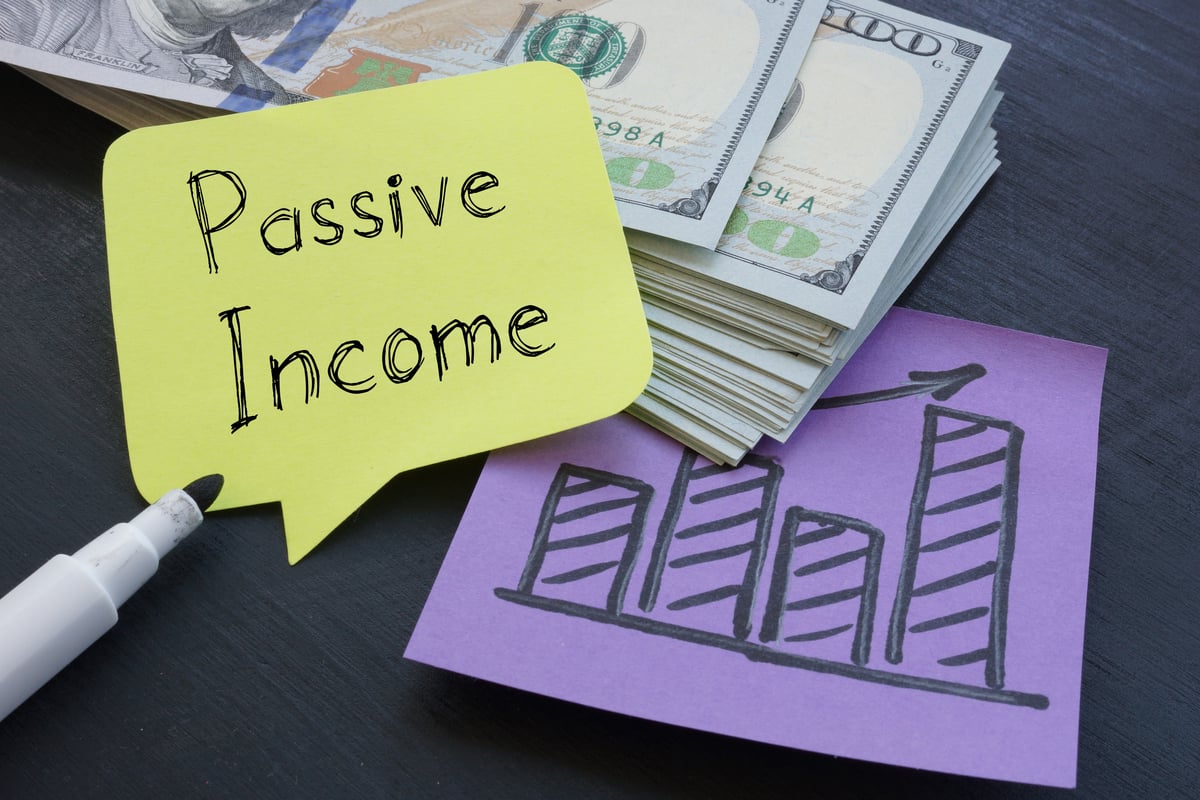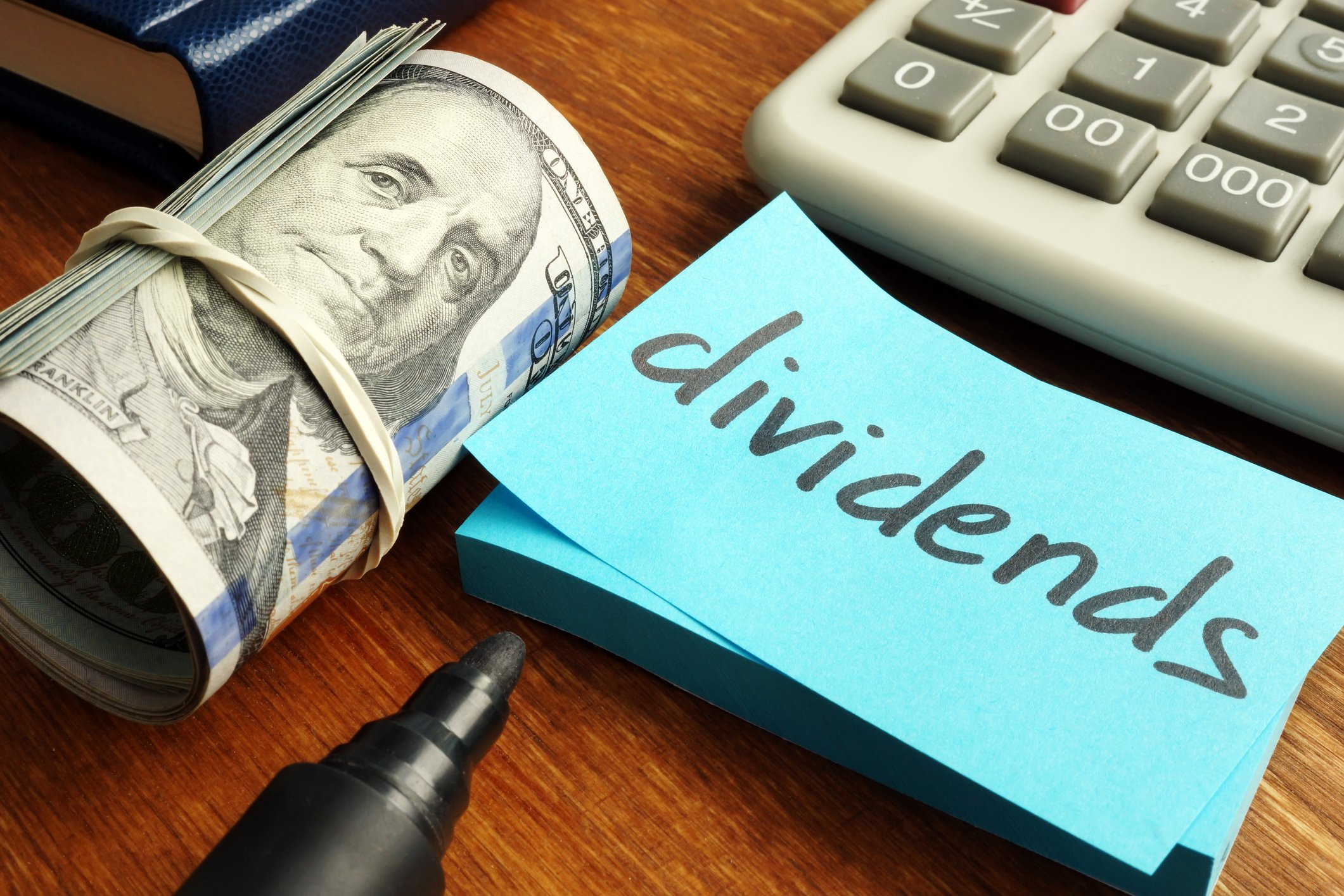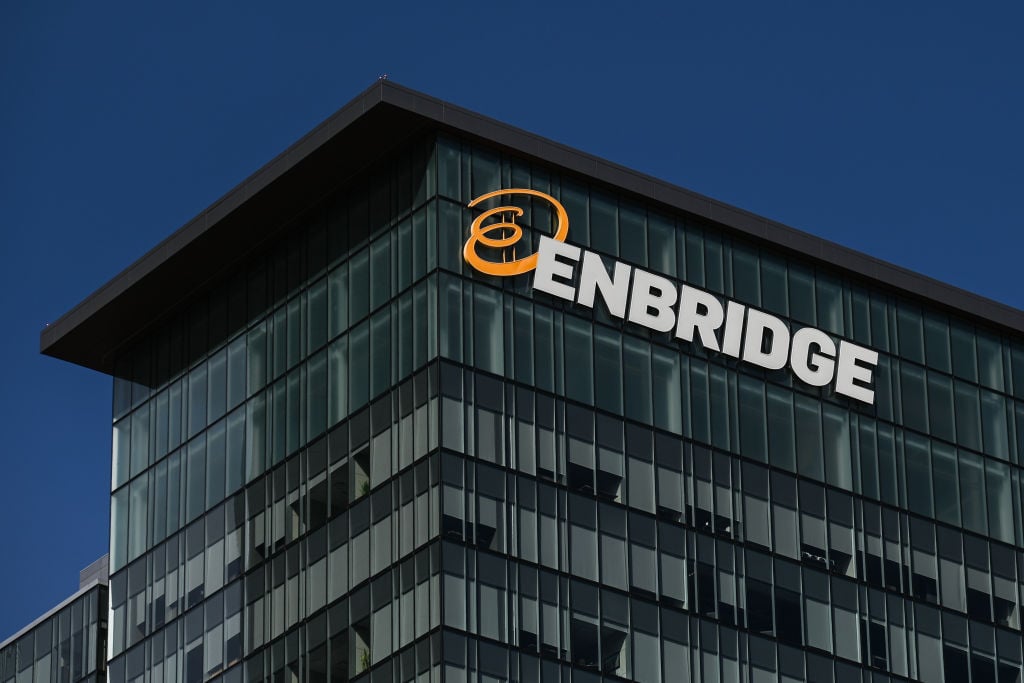Calgary-based pipeline giant Enbridge (ENB +0.65%) proved its resilience when it posted solid first-quarter results in the midst of the present oil downturn.
Now yielding over 7%, Enbridge looks like an attractive stock for income investors if it can continue delivering good results. Let's break down the company's business to see if Enbridge can continue to perform in this challenging environment.

Image source: Getty Images.
Advantageous business model
As the largest oil and gas midstream company in North America, Enbridge's claim to fame is its steady and reliable cash flow that is 98% cost-of-service, fixed fee, take-or-pay, or priced based on a competitive tolling settlement. For example, Enbridge earned 55% of its Q1 EBITDA from its liquids pipeline segment, of which 97% of its customers are investment grade. Its largest asset by earnings, at 30% of its liquids segment, it its Canadian Mainline, which saw record throughput in Q1 and is priced with a 10-year competitive tolling settlement and cost-of-service agreements.
In a time when many energy stocks are cutting guidance, reducing spending significantly, and borrowing money to pay their dividends, it's reassuring that Enbridge is confident that its stable and diversified streams of income are strong enough to achieve the guidance it made before the onset of the COVID-19 pandemic.
Enbridge CEO Al Monaco commented the following during the company's Q1 2020 earnings call:
On our approach to managing this downturn, our resilient business model and the actions we took over the last three years put us in strong position coming into the year. That's going to allow us to weather this storm as the vast majority of our EBITDA is unaffected, and that's why we're maintaining our guidance, and we're stressing that outlook with various scenarios.
Healthy dividend
Although Enbridge is seeing "unprecedented reduction in North America energy demand," the company reaffirmed guidance for 2020 distributable cash flow (DCF) per share of $4.50 to $4.80. Distributable cash flow is basically the amount of cash eligible to give to shareholders in the form of dividends. The company's first-quarter DCF of $1.34 per share was more than double its dividend payment of $0.574, and its expected full-year 2020 DCF would be about double its annual dividend of $2.30. Having DCF well in excess of dividend obligations is a good sign for dividend investors because it means cash flow could miss expectations or face an unexpected decline without jeopardizing the dividend.
As a precaution, Enbridge did increase its liquidity by $5 billion to $14 billion, reduced 2020 costs by $300 million, sold $400 million in assets, and deferred 2020 growth capital spend by $1 billion. The company expects to fund its 2020 growth with about half debt and half cash flow. Enbridge's S&P credit rating of BBB+ and Moody's rating of Baa2 are very good investment-grade ratings. It's rare for a midstream company to get any higher than Enbridge's rating.
Takeaways
Arguably the best risk/reward for income investors fishing for opportunities in oil and gas can be found in the midstream industry. Enbridge is one of the best of them. The company prides itself on functioning with reliability similar to a utility. Its cash flow is well in excess of its dividend obligation, which means its 7% yield is stable.
Although Enbridge is protected from many short-term risks thanks to its predictable revenue streams, the company is exposed to long-term declines in commodity prices and demand. As far as the next year out, Enbridge seems well-positioned to generate another year of strong cash flow and reward investors with an attractive dividend yield.






